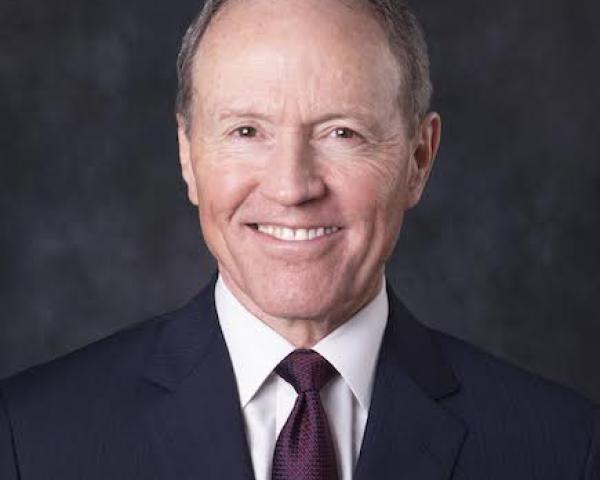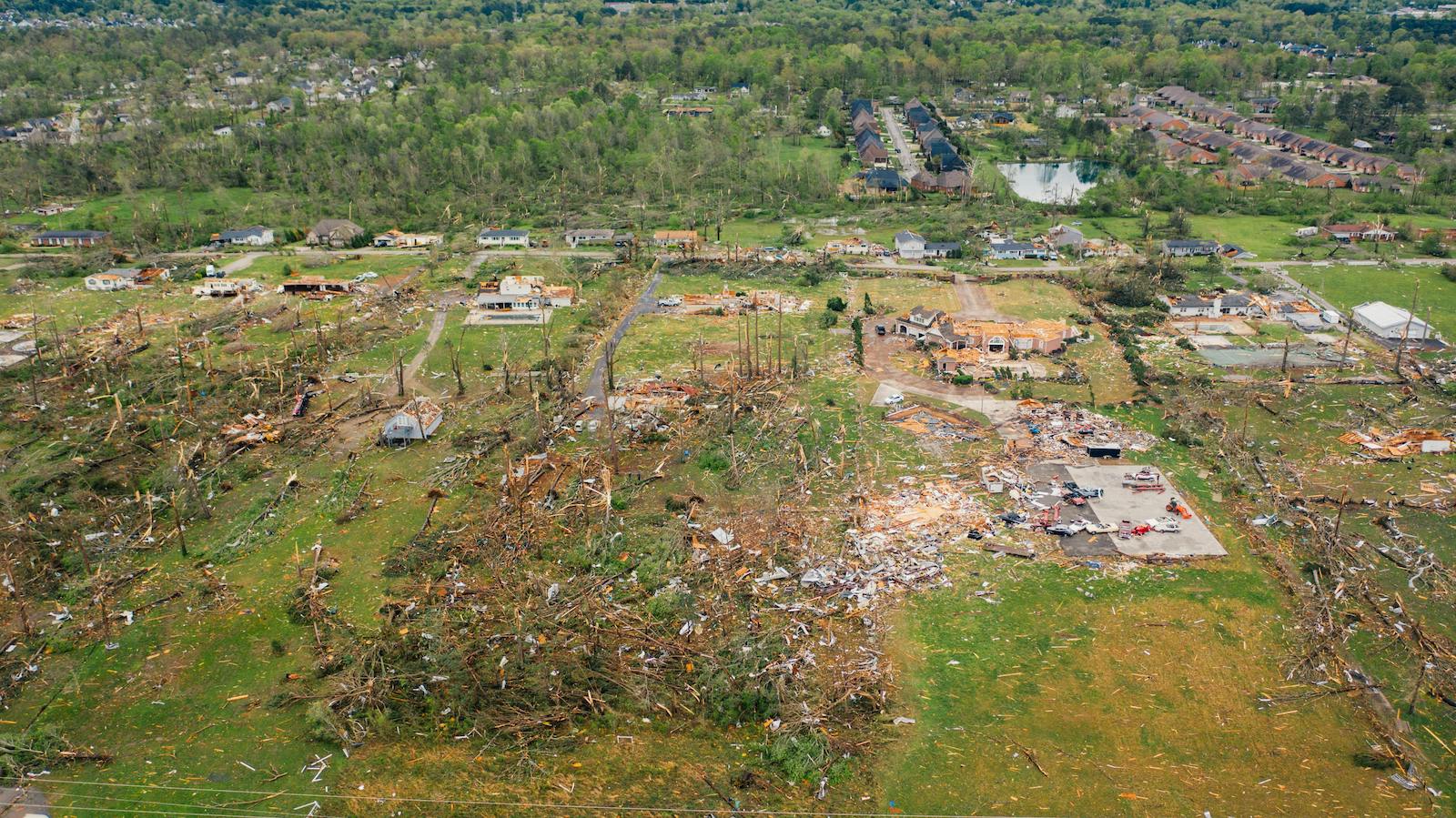Revered economist Thomas Sowell once observed, “Some things are believed because they are demonstrably true, but many other things are believed simply because they have been asserted repeatedly, and repetition has been accepted as a substitute for evidence.”
Sowell’s thinking may have bearing on why taxpayers and property owners have lost hundreds of billions of dollars as Congress has attempted to manage America’s flood risk over the past 43 years. It may also explain why taxpayers and property owners will continue to lose hundreds of billions more, at least until the tragically inaccurate, but-oft repeated idea that flood insurance rates should be artificially low is replaced by what evidence-based science and common sense have revealed during the last decade.
Government-controlled programs operating in what would otherwise be the domain of private enterprise have repeatedly led to unintended market distortions and financial distress; the National Flood Insurance Program (NFIP) is a prime example. While Congress and federal administrative staff have known empirically for many years that the NFIP has, and continues to, encourage behaviors that produce upside-down outcomes on a massive scale, overcoming intrenched misperceptions has proven very difficult. Unless the NFIP raises their rates and begins giving refunds to folks who buy private market flood coverage prior to the last day of their NFIP coverage, we will continue to see varying tragic outcomes that could have easily been avoided.
Congressional hearings have illuminated numerous acute problems surrounding the NFIP, such as insolvency, contributing to increased risk of flooding across the country, and insufficient and inaccurate flood mapping, to mention just a few. During these hearings, those who testified, as well as members of Congress, identified a correlation between the NFIP’s problems and the artificially low rates they charge – a reality that would likely not be the case if the NFIP followed congressional directives to meaningfully raise rates at a reasonable pace annually. Ironically and perhaps predictably, the unintended negative outcomes generated by the NFIP continue to grow – now spreading to GSEs (government-sponsored enterprises) Fannie Mae and Freddie Mac.
The Trouble With Fannie and Freddie
Though publicly traded companies, Fannie Mae and Freddie Mac operate under a congressional charter that provides a financial backstop from the government – one that was invoked during the financial crisis of 2008 to the tune of $187 billion, according to The Shadow Open Market Committee. Fannie Mae and Freddie Mac were designed by Congress to expand the secondary market for mortgage debt and ultimately boost homeownership among buyers from a variety of demographics. While the GSEs have succeeded in boosting homeownership, they’ve been allowed by Congress to become “too big to fail.”
A recent article in POLITICO noted that Fannie Mae and Freddie Mac hold more than 60% of the mortgages in flood-prone areas across the U.S. Because these homes are technically located outside NFIP-designated “special flood hazard areas” but inside the actual “100-year flood plain,” these homeowners are not required by their lenders to purchase flood insurance. As a result, Fannie Mae and Freddie Mac are exposed to potentially existential risk from the peril of flood. Only owners of properties that are within an NFIP flood zone are required to buy flood insurance. That said, their equally flood-exposed neighbors are not forced to buy flood insurance, and as a result do not.
If a significant number of these uninsured, flood-exposed homes were to be seriously damaged by a flood, the owners might not have the resources to repair their homes and may have no incentive to do so if the cost of repairs is equal to or greater than the equity they have in the home. If climate change translates to more frequent or more severe floods, the implications for Fannie and Freddie are ominous.
In their article, POLITICO observes that taxpayers could be on the hook for more than $1 trillion in home mortgages as Fannie and Freddie fail to consider climate risk when purchasing mortgages from lenders. This practice could lead the country into recession even in the absence of a crescendo of floods. More and more savvy homebuyers and lenders are now using new technology to assess the climate risk on properties before they buy a home or originate a loan. This may translate to a downward spiral in flood-prone property values across broad sections of the country. Additionally, Fannie and Freddie may see an even greater concentration of flood-prone mortgages within their portfolios.
Reforming the NFIP will be both a political and a public policy problem until the practice of offering artificially low flood insurance premiums to some and overcharging others, as well as denying policyholders the option to easily switch to competing products, is discontinued.
See also: Insurance Outlook for 2021
Reworking the NFIP
Congress created the NFIP as a way to shift the U.S. flood insurance market to private insurers. Unfortunately, in 1978, regulators used a loophole in the law that enabled them to remove private flood insurers from the market. This was not the original intent of Congress nor the desire of private flood insurers. Operating as what is essentially a nationalized flood insurance system, the NFIP has cost taxpayers about $1 billion per year since its inception.
What if the private market had continued to be involved in the nation’s flood insurance paradigm? I would venture to say that pricing would have at least kept up with losses. Likely, prices would have been high enough to discourage rampant building in dangerous locations. As a result, more coastal and riverine land would have been left to nature and thereby would have served to reduce the severity of flood events. And importantly, with fewer houses built in hazardous locations, we would have avoided the present-day financial risk to our nation’s economy faced by Fannie and Freddie.
When it comes to responding appropriately to climate risk, the NFIP experience has demonstrated that a government-controlled system is the wrong approach. The NFIP is now a political football, used as a favor for folks located close to sources of flooding at the expense of those located in less-flood-prone areas. This kind of unintended outcome is what often happens when the government takes over where the free market was willing to participate. Now, we are seeing manifold pernicious effects manifesting themselves in the mortgage finance market with staggering implications.
Congress must focus on reforms that allow buyers to change flood insurance carriers at the time of their choosing and encourage the private sector to assume flood risk over the long term by assuring that the NFIP does as Congress has already instructed them to do – to raise rates to actuarially sound levels and serve as the flood insurer of last resort.






